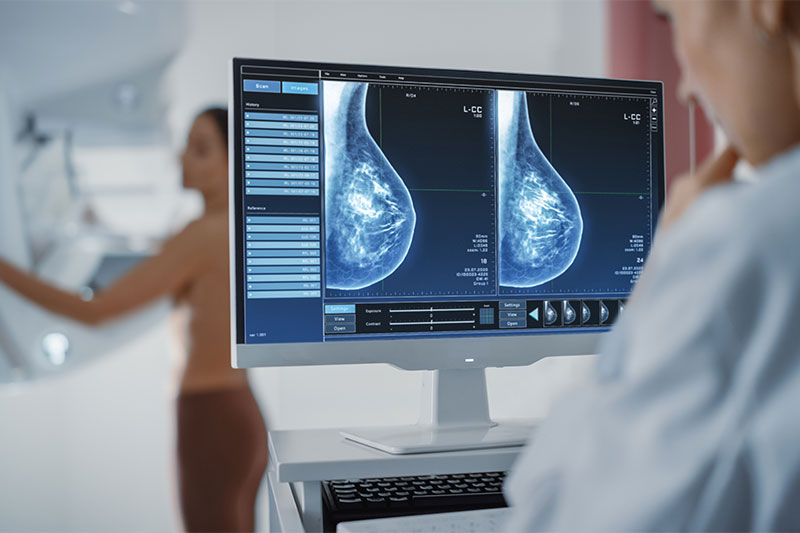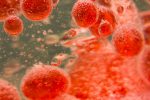
Breast cancer is the second most common cancer for women, after skin cancer, and almost 700,000 women die every year from it.
Breast cancer is serious, although treatable if detected on time. The survival rate is not that high, though; 90% of women survive if detected early, but it’s much lower at later stages.
Aggressive breast cancer is even more dangerous, though, as it grows at an immeasurable speed. There’s good news; there are two surprising things that could block aggressive breast cancer. Here’s what you need to know.
What is aggressive cancer?
Aggressive is not a medical term, but it’s used to describe a particular type of breast cancer. Most cancer can be treated if detected at an early stage with combined chemotherapy, therapy and surgery.
Still, if breast cancer is HER2-positive, meaning that it has a high epidemial growth factor, cancer can spread quickly through the lymph nodes, attacking other organs in the body. That’s aggressive cancer, and about 15-25% of breast cancer cases are HER2-positive.
Metastatic breast cancer is also highly aggressive, as the tumor spreads through the breast milk conducts, affecting surrounding areas.
Two New Ways to Attack Cancer
A 2016 study shows that there’s more than chemotherapy to attack aggressive breast cancer. Mainly two molecules can bind with cancer cells, leading to a new line of investigation against cancer. Capsaicin, which makes hot peppers spicy, is one of these potential treatments against breast cancer. The other is helional, a molecule redolent of the scent of the sea.
In theory, these molecules bind with tumor cells, preventing them from spreading through metastasis. This is encouraging, but things are never that simple when it comes to cancer. Here’s why.
How to apply these compounds in cancer treatments?
Eating hot peppers and breathing the ocean breeze is not the right way to use these compounds against cancer cells. Scientists must emulate the effect of these molecules as part of treatment and apply it to the tumor.
The receptor to which capsaicin and helional bind is called TRPV1 and finding our way to it is the real battlefield. This is no easy feat, as targeting a molecule to a particular receptor will need years of research, and results are not guaranteed. Scientists must still do their best; this is one of our best leads.
What are the symptoms of breast cancer?
Breast cancer symptoms vary widely, but some are more common than others. Talk to your doctor if you experience one of the following. Swelling of all or part of the breast, dimples on the skin or irritation, breast pain, nipple pain or thickening of the nipple. A discharge of breast milk might also indicate the presence of a tumor.
Remember, a self-examination every month might be the difference between detecting cancer on time or too late. Get a check-up every few months and make sure you’re not part of the statistics. Breast cancer can and will be stopped, and we might be able to save every life in the future. For now, let’s stay vigilant.


